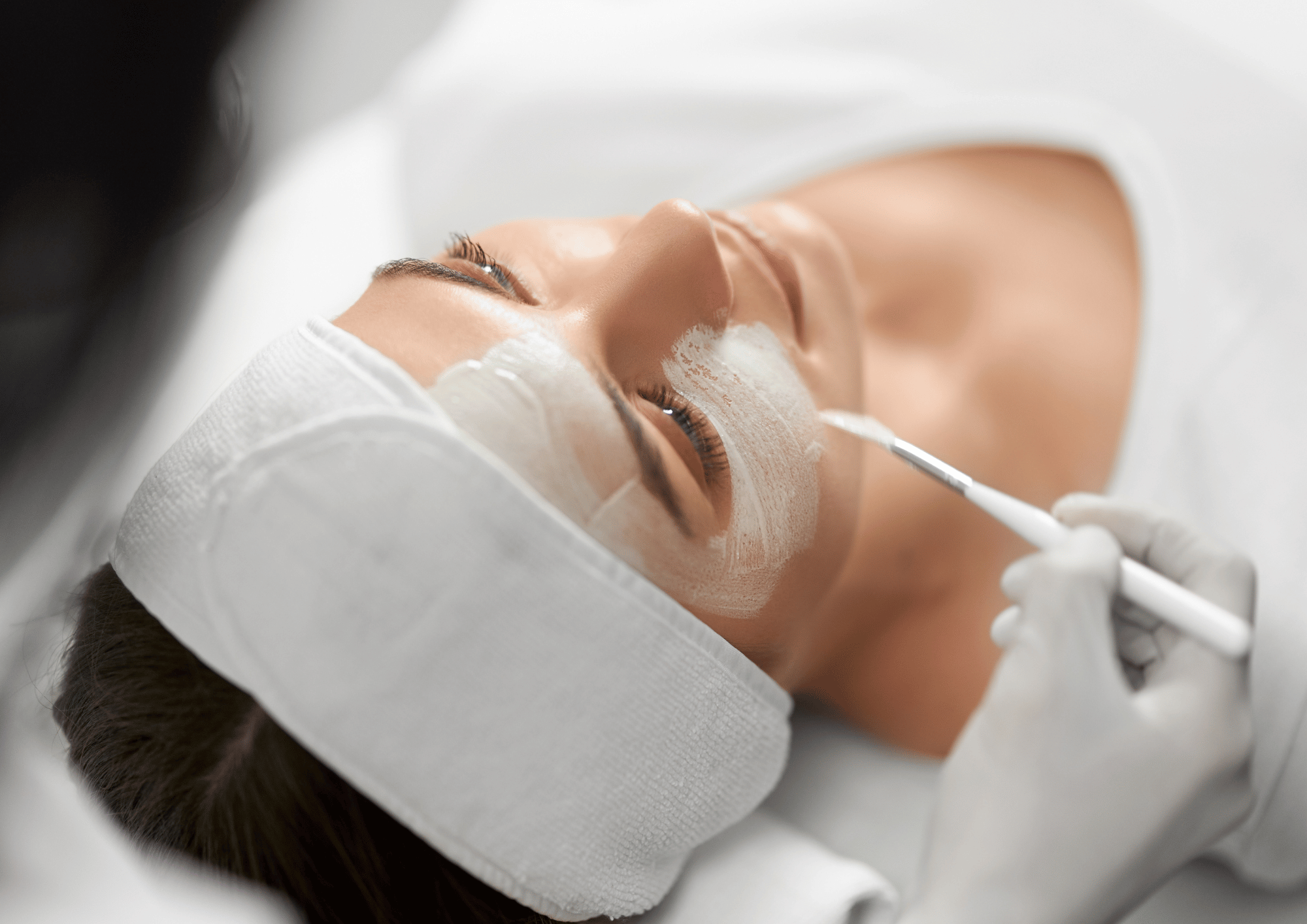15 September 2023
Zmień język:
Zmień język:

Search for a treatment
You are in the beauty zone blog

Chemical peeling is one of the most revolutionary methods in the field of cosmetology, which for years has attracted the attention of both specialists and people who want to improve the condition of their skin. This procedure involves the use of specially selected chemicals that gently exfoliate the surface layers of the skin, revealing a healthier, younger and more radiant complexion. The history of chemical peeling dates back to ancient times, when women used natural acids such as grape juice and milk to refresh and rejuvenate their skin. Today, thanks to advances in science and technology, chemical peels have become more advanced, effective and tailored to individual skin needs. In this article, we will introduce you to this fascinating skin care method, which can be the key to a beautiful and healthy complexion. We invite you to discover the secrets of chemical peeling!
Table of Contents:
Chemical peeling works by applying specially selected chemicals to the surface of the skin, which induce controlled exfoliation of the epidermis. This process leads to skin regeneration while stimulating collagen and elastin production, resulting in skin rejuvenation and improved elasticity.
The main ingredients used in chemical peels are various acids. The most popular of these are:
When chemicals are applied to the skin, they cause a reaction that breaks down dead skin cells. Depending on the depth and type of peeling, it can act only on the surface layers of the skin or penetrate deeper, reaching the dermis. The effect is not only exfoliation, but also stimulation of the skin's regenerative processes. In response to the chemical "trauma", the skin begins to produce new cells and increases collagen production, leading to firming, smoothing and rejuvenation.
However, it is worth remembering that the effects of a chemical peel depend on a number of factors, such as the type and concentration of acid used, the duration of exposure and the individual characteristics of the patient's skin. Therefore, it is important that the procedure is carried out by an experienced specialist, who will carefully assess the needs of the skin and select the appropriate peeling method.
Chemical peeling, despite being one of the more invasive cosmetic procedures, has many benefits for the skin. Regularly undergoing this treatment can lead to significant improvements in the appearance and condition of the skin. Here are the main benefits and effects that can be observed after a series of treatments:
Such a peel is an excellent way to improve the condition of the skin, rejuvenate it and restore its healthy appearance. However, it is important to remember to take proper care after the procedure and protect the skin from the sun to avoid complications and ensure the best results.
Chemical peeling, despite its many benefits, is not suitable for everyone. There are certain contraindications that should be taken into account before undergoing this procedure. In addition, proper aftercare is key to achieving optimal results and avoiding potential complications.
Contraindications:
Pielęgnacja po zabiegu:
Chemical peeling is a revolutionary skin care method that offers a range of benefits, such as cellular renewal, scar reduction and improved skin texture. However, like any cosmetic procedure, it requires proper knowledge and care of the skin before and after it is performed. By fully understanding the mechanism of action, benefits, as well as potential contraindications, you can make informed skin care decisions. If you are interested in experiencing all the benefits of a chemical peel, come to our Nice Spa salon, where professional specialists will provide you with a safe and effective treatment tailored to your individual needs.
Nice Spa © 2024 Website created by  the advertising agency VREEGO
the advertising agency VREEGO
This site uses cookies to provide you with the best quality on our site! Privacy policy
I understand
No comments